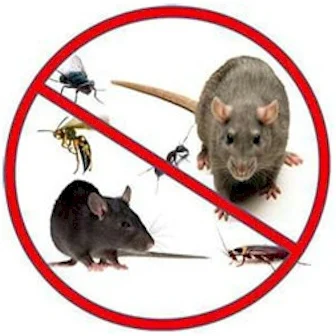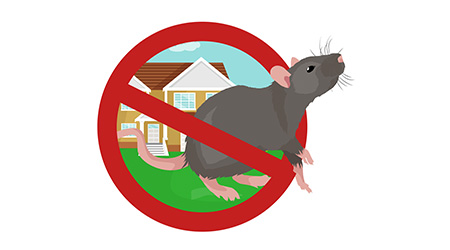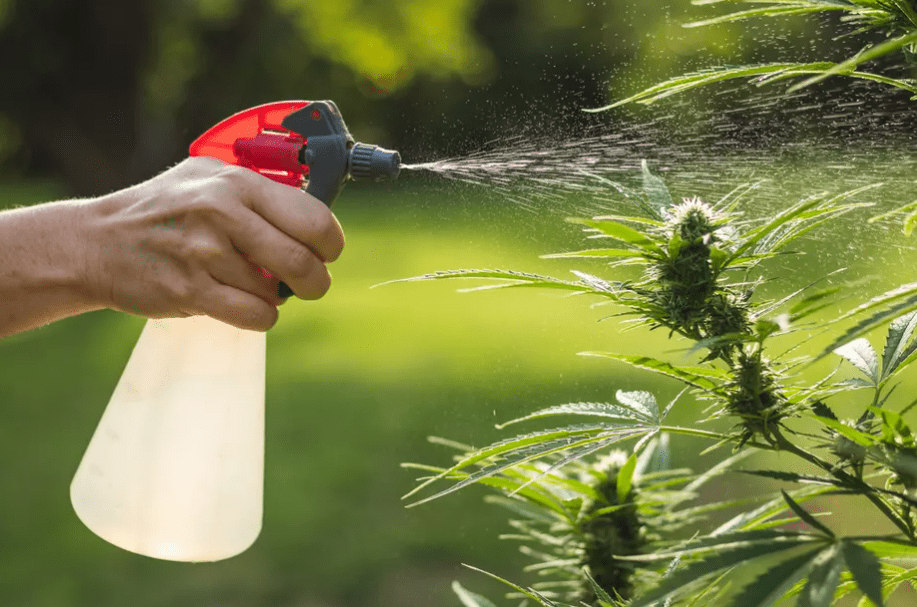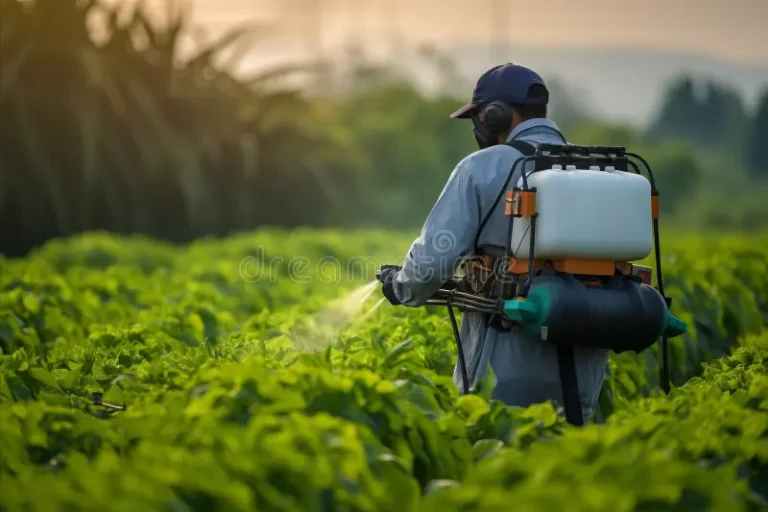How Climate Change is Affecting Pest Populations
Climate change is having a profound impact on pest populations worldwide. As temperatures rise and weather patterns shift, pest behavior, distribution, and reproduction rates are changing. Here’s how:
1. Extended Breeding Seasons: Warmer temperatures lead to longer breeding seasons for many pests, resulting in increased populations and more frequent infestations.
2. Expanded Ranges: Pests are migrating to new areas as their habitats become more suitable due to climate change. This expansion can introduce pests to regions that previously had no issues.
3. Increased Survival Rates: Milder winters mean fewer pests die off during cold months, leading to higher survival rates and larger populations in the spring.
4. Altered Life Cycles: Changes in temperature and humidity can alter pest life cycles, making them more resilient and harder to control.
5. New Pest Threats: Climate change can introduce new pest species to an area, posing challenges for pest control and agriculture.
6. Agriculture Impact: Pests that affect crops are thriving in new conditions, leading to increased agricultural damage and higher costs for farmers.
7. Health Risks: Warmer climates can exacerbate the spread of pest-borne diseases, posing increased health risks to humans and animals.




Addressing these challenges requires adaptive pest management strategies. Professional pest control services are evolving to meet these new threats, using advanced techniques and technologies to protect homes, businesses, and crops from the changing pest landscape.


